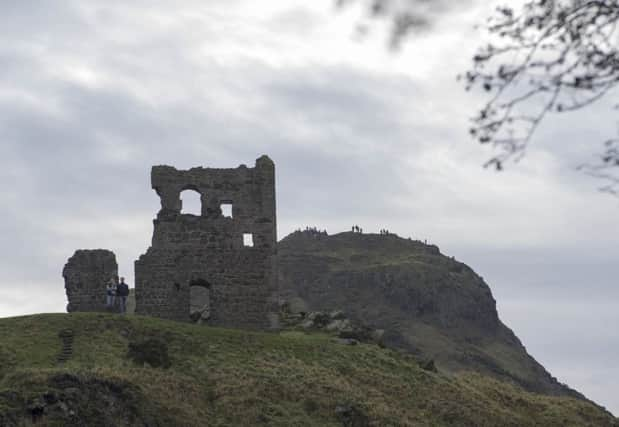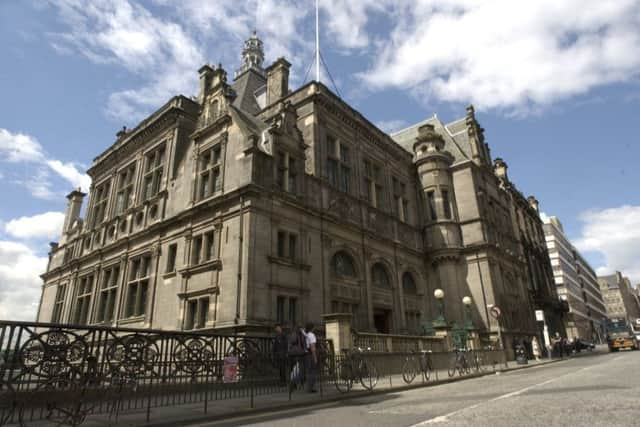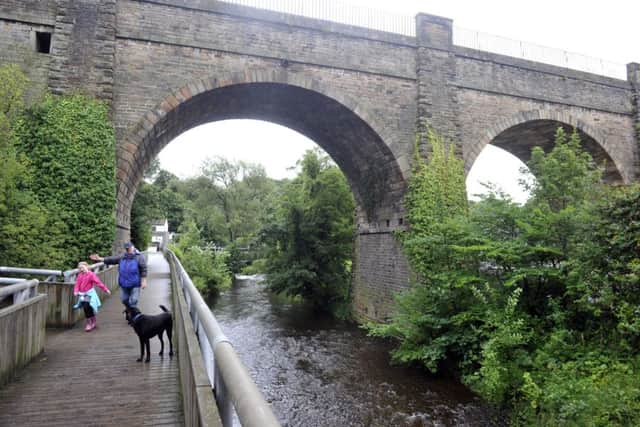Look up Edinburgh: 5 hidden monuments


ST ANTHONY’S CHAPEL
Tucked behind Salisbury Crags in Holyrood Park, this romantic ruin was once the first building travellers to Edinburgh from the east would see. Today, with only one of its walls still standing, there is little to suggest its former purpose. The chapel looks down upon St Margaret’s Loch and is thought to have been built sometime in the 13th century when Holyrood Park was the dividing line between lands owned by the abbeys of Holyrood and Kelso. Given St Anthony’s proximity to the former, its likely the two religious establishments were linked. There is a record of the Pope granting funds to repair the chapel in 1426, but otherwise little is known about this small but intriguing landmark.
CENTRAL LIBRARY


There are today 28 public libraries dotted around Edinburgh but the original, which opened in 1890, remains the most impressive. Occupying a prominent position on George IV Bridge, the building was part-funded by a £50,000 grant by the Scots-American industrialist and philanthropist Andrew Carnegie. Designed in the French-Renaissance style by George Washington Browne, Carnegie himself laid its foundation stone. Washington Browne would later design two other city landmarks - the Caledonian Hotel in Lothian Road and the Royal Hospital for Sick Children in Marchmont.
SLATEFORD AQUEDUCT
Advertisement
Hide AdAdvertisement
Hide AdDesigned by Hugh Baird with advice from Thomas Telford, the aqueduct opened in 1822 and carries the Union Canal over the Water of Leith at Slateford. It remains open to canal boats and the adjacent tow path is a popular route for joggers and cyclists - as well as offering impressive views across the west of the city. The Grade B-listed structure has eight arches and rises to a height of 75ft (23m) above the river below.


GRANTON GASHOLDER
This end of North Edinburgh is not on most tourist routes of the city. But the former gasholder at Granton is a reminder of the area’s proud industrial heritage. Granton Gas Works opened in 1902 and replaced several smaller production sites across the city. It provided heat and light for residents and employed hundreds at its peak. Production of gas ended in 1987, but Gasholder No 1 - which still stands - was used for storage until 2003. Scottish Gas is still headquartered in Granton today but the former gas works have been cleared and replaced by new developments. The landmark has won enough affection from residents and councillors to have survived two attempts to demolish it in recent years.
TRINITY COLLEGE APSE
This small building is all that remains of one of the most significant landmarks of late-medieval Edinburgh. Trinity College Kirk was founded in 1460 by Mary of Gueldres, wife of King James II, and was considered the finest Gothic building in the city. It was demolished in 1848 to make way for an expansion of Waverley station - an action described as “scandalous desecration” by Henry Cockburn, a leading historian of his day. Grand plans to reassemble the entire building on a new site eventually came to nothing, but the apse was rebuilt as part of a new church in nearby Jeffrey Street. Today it stands behind the Jury’s Inn hotel in Chalmers Close.
